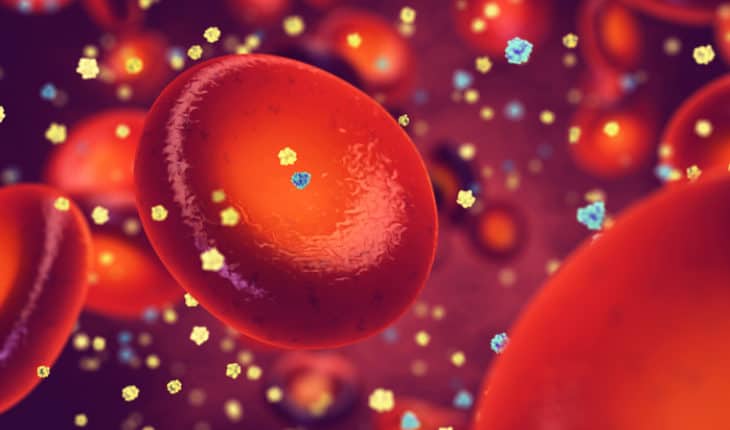‘Weak’ and ‘strong’ cells bonding boosts body’s diabetes fight: Scientists have broadened our understanding of how ‘weak’ cells bond with their more mature cellular counterparts to boost the body’s production of insulin – improving our knowledge of the processes leading to type 2 diabetes – a significant global health problem.
Type 2 diabetes mellitus occurs when β-cells cannot release enough insulin – a tightly controlled process requiring hundreds of such cells clustered together to co-ordinate their response to signals from food, such as sugar, fat and gut hormones.
An international research team – led by scientists at the University of Birmingham – have discovered that immature β-cells (PDX1LOW/MAFALOW) are able to overcome their relative deficiencies by partnering with ‘stronger’ counterparts to drive insulin release.
Publishing their findings today in Nature Communications, the researchers reveal that subtle differences in the levels of PDX1 and MAFA proteins (found only in β-cells) , and more broadly, differences in β-cell maturity, contribute to how clusters of insulin-producing cells, known as islets, function.
The corresponding author David Hodson, Professor of Cellular Metabolism, at the University of Birmingham, commented: “Our research shows that differences in β-cell maturity, defined using PDX1 and MAFA levels, are needed across the islet for proper insulin release. Unexpectedly, increases in the proportion of mature β-cells, is associated with islet failure. It seems that, rather like society, the islet needs cells with all ages to be properly functional.
“Redressing the balance between immature and mature β-cells restores islet function under conditions of metabolic stress – an excess of sugar and fat in the diet – providing evidence that both ‘weak’ and ‘strong’ β-cells could contribute to proper islet function and insulin release.”
“This is the first glimpse that immature cells might contribute to the regulation of insulin release across the islet. Our study indicates a promising line of investigation that could be leveraged to make islets more resilient during type 2 diabetes or when generating new islets in a ‘dish’ for the purpose of transplantation.”
Normally, mature and immature β-cells co-exist within the adult islet and can be grouped into subpopulations according to differences in their levels of specific genes and proteins. Immature β-cells are generally considered to be poorly functional when viewed alone, as single cells.
Researchers found that islets containing proportionally more PDX1HIGH and MAFAHIGH β-cells showed defects in cell function (metabolism, ionic fluxes and insulin secretion). The team believes maintaining a mix of ‘strong’ and ‘weak’ β-cells is important for effective insulin production.
The University of Birmingham is ranked amongst the world’s top 100 institutions. Its work brings people from across the world to Birmingham, including researchers, teachers and more than 6,500 international students from over 150 countries.
‘PDX1LOW MAFALOW β-cells contribute to islet function and insulin release’ – Daniela Nasteska, Nicholas H. F. Fine, Fiona B. Ashford, Federica Cuozzo, Katrina Viloria, Gabrielle Smith, Aisha Dahir, Peter W. J. Dawson, Yu-Chiang Lai, Aimée Bastidas-Ponce, Mostafa Bakhti, Guy A. Rutter, Remi Fiancette, Rita Nano, Lorenzo Piemonti, Heiko Lickert, Qiao Zhou, Ildem Akerman and David J. Hodson is published in Nature Communications.
Participating universities and institutions include: University of Birmingham, UK; University of Nottingham, UK; Birmingham Health Partners, UK; Helmholtz Zentrum München, Germany; German Center for Diabetes Research (DZD), Neuherberg; Technical University of Munich, Germany; Imperial College London; Nanyang Technological University, Singapore; San Raffaele Diabetes Research Institute, University of Alberta, Canada; IRCCS Ospedale, Italy; San Raffaele University, Milan, Italy; and Weill Cornell Medical College, New York, NY, USA.
- Gut microbiome could delay onset of type 1 diabetes - 3rd April 2025
- The da Vinci 5 Robot Is Set To Transform Bariatric Care: - 31st March 2025
- Beyond money: the hidden drivers fuelling child food insecurity - 31st March 2025






